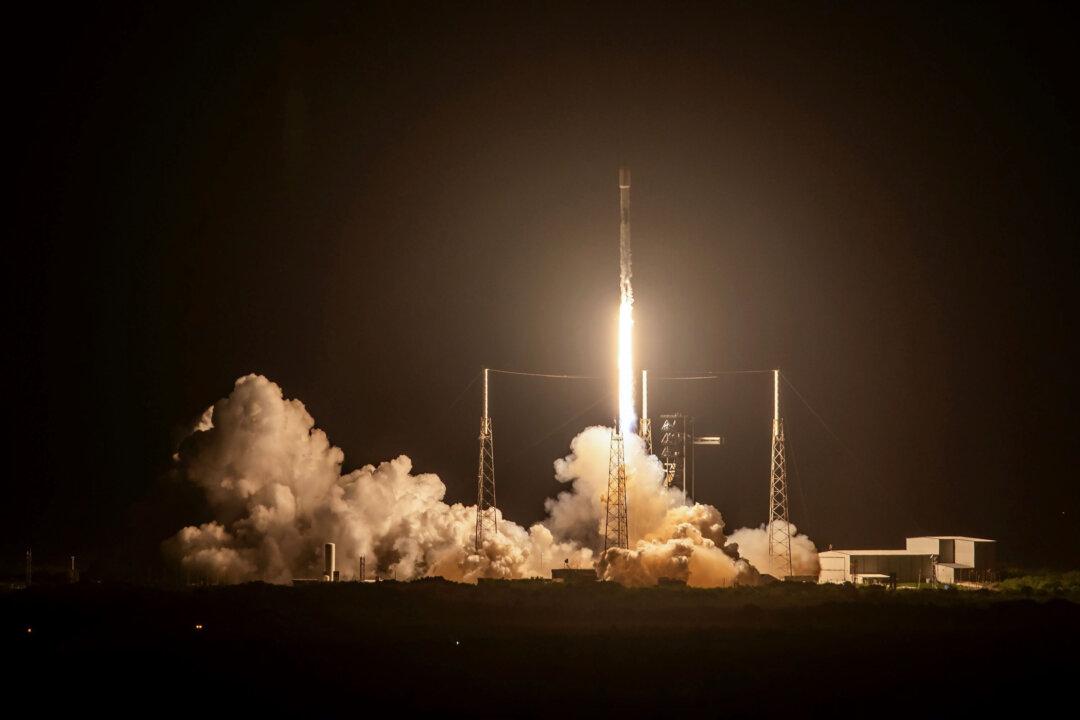Wind power has been historically and scientifically unreliable, claims an Oxford University mathematician and physicist, with his calculations revealing the government to be pursuing a “bluster of windfarm politics” while discarding numerical evidence.
After the decision to cut down on fossil fuels was made at the 2015 United Nations Climate Change Conference in Paris, the “instinctive reaction” around the world was to embrace renewables, Professor Emeritus Wade Allison, who is also a researcher at CERN, said in a 2023 paper (pdf).





